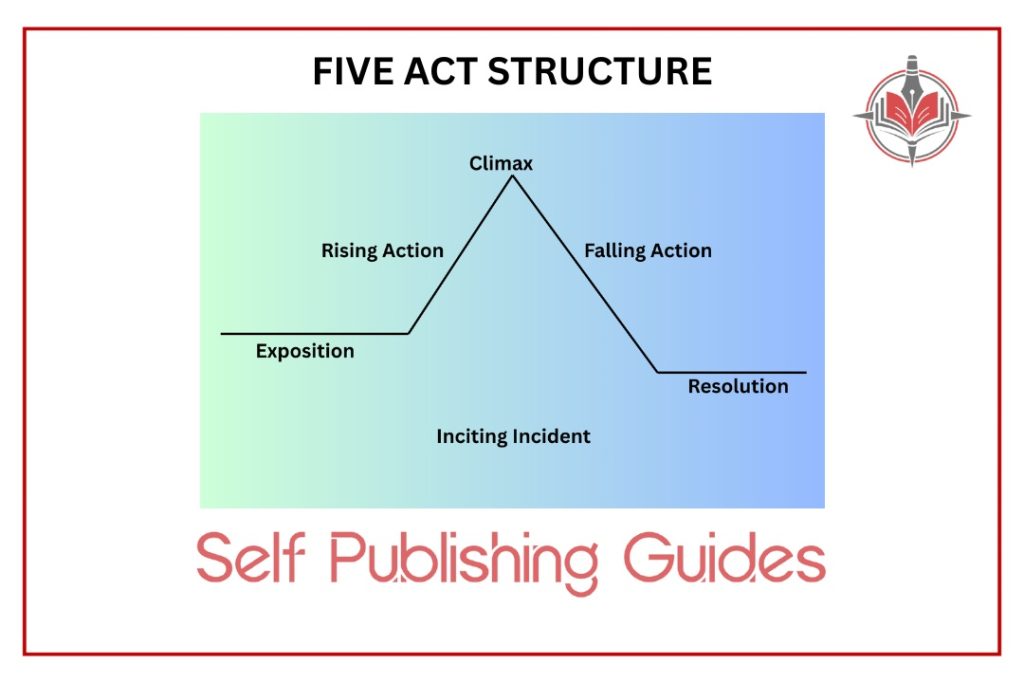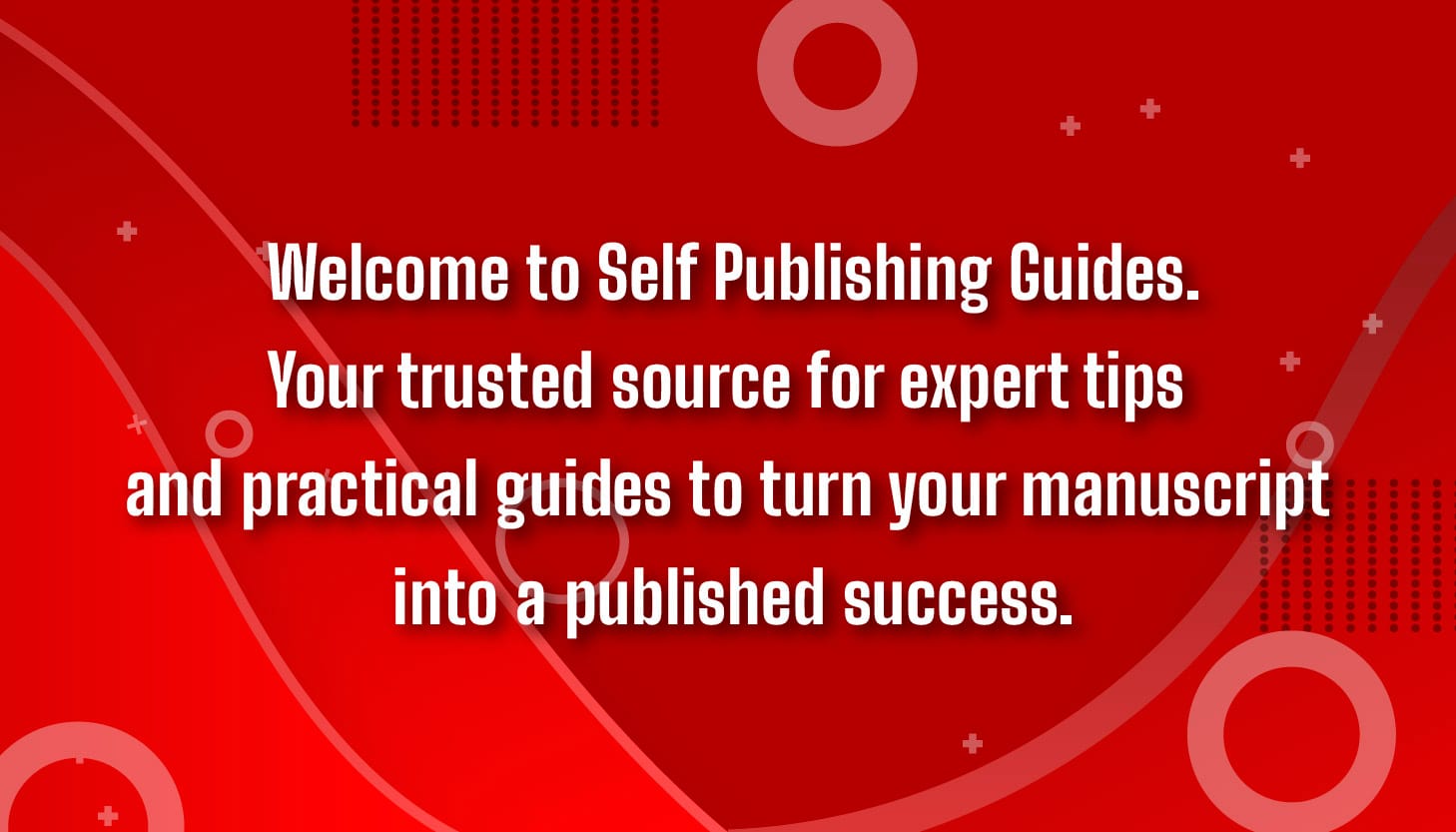
In every great story, there’s a rhythm not just of events, but of movement. A journey. A rise and fall. A change. Behind that rhythm often lies a structure, sometimes unseen but deeply felt. One of the most enduring and elegant frameworks in storytelling is the Five Act Structure a model that predates cinema, was mastered by Shakespeare, and still guides modern storytellers today. Far from outdated, it remains a powerful tool for crafting fiction with tension, depth, and emotional resonance.
This isn’t just about organizing scenes. It’s about understanding the architecture of transformation how characters evolve, how plots twist, and how meaning emerges from movement. Let’s unfold the five acts one by one.
Act I: The Exposition; Setting the Stage, Stirring the Air
Every story begins with a world and that world must be made real. The exposition is where we step into that world for the first time. It introduces us to the story’s key players, the landscape they move through, and the emotional tone of what’s to come. It is not just “background information.” It’s the invitation to care. Who are these people? What do they want? What haunts them?
More importantly, Act I plants the first seed of disruption: the inciting incident. Something changes. A letter arrives. A door slams. A secret leaks. The status quo however ordinary or bizarre begins to fracture. That moment doesn’t need to be explosive, but it must demand response. The protagonist may resist, hesitate, or leap but they cannot return to how things were. A spark has been lit.
Writers must tread carefully here. Too much setup dulls the flame; too little context confuses the reader. The magic lies in balancing orientation with tension enough to ground us, and just enough to unnerve us.
Act II: The Rising Action; Pressure Builds, Choices Close In
If Act I is about what was, then Act II is about what could be and all the conflict that comes with it. This is the phase where the story begins to expand, revealing complexity, opposition, and stakes. The protagonist takes action, whether reluctantly or with resolve, but quickly discovers the path is far from straightforward.
Here, obstacles emerge physical, emotional, moral. Rivals appear. Allies are tested. Truths are questioned. This isn’t just about raising the stakes; it’s about forcing the character to grow. In well-written rising action, events aren’t random, but tailored to confront the protagonist’s weaknesses and desires. Each challenge nudges them closer to the person they must become or exposes the limits of who they still are.
The tension in Act II doesn’t simply increase it compounds. Early decisions lead to new dilemmas. Minor mistakes cast long shadows. As the web tightens, the audience senses a deeper shift approaching, even if they can’t yet see its shape. That shift is the climax, and it’s drawing near.
Act III: The Climax; The World Turns on a Moment
And then, everything changes.
The climax is the axis on which the entire story spins. It’s not just the most intense event it’s the moment of irreversibility. Something is decided, something is revealed, or someone takes an action they cannot undo. Often, this is where the protagonist makes a critical choice, one that defines who they are and seals the story’s direction.
Unlike popular belief, the climax in a five act structure usually sits in the middle, not the end. It’s the pivot point, where rising action transitions into falling consequences. Think of it as the peak of a mountain: the climb has been long and grueling, but the descent faster and more dangerous now begins.
But the climax is more than plot. It’s personal. It tests the core of the character’s identity. It might bring a victory, but often at a cost. Or it might usher in loss, but with newfound clarity. Either way, it must feel inevitable not because it was predictable, but because it was earned.
Act IV: The Falling Action; Unraveling the Consequences
After the climax, the story doesn’t simply end. It responds. The fourth act, the falling action, is where we feel the aftershocks of the turning point. Relationships fracture. Secrets surface. Battles may still rage, but the tide has turned, and outcomes begin to take shape.
This is where the consequences of choices especially those made in the climax ripple outward. The protagonist may gain new strength or suffer deep loss. Antagonists may regroup or collapse. Allies may betray, or redemption might flicker on the horizon. It’s a time of reckoning.
Falling action must maintain momentum without repeating what’s come before. Its purpose is to prepare the audience emotionally for the ending while tying together loose threads. If a twist is coming, this is where it should begin to cast its shadow subtly, with purpose.
Act V: The Resolution; Closure, Change, or Catastrophe
Finally, we arrive at the resolution, also known as the denouement. This is the story’s resting heartbeat not because it’s dull, but because it brings meaning. Whether the ending is triumphant, tragic, or somewhere in between, this is where we understand what it all meant.
Characters may return home changed. They may not return at all. Promises are fulfilled or broken. Lessons learned or ignored. In tragedies, this act is often the site of the catastrophe, where loss reaches its full depth. In comedies or redemptive arcs, it might bring reconciliation or hope.
Good endings aren’t neat they’re honest. They honor the story’s emotional truth. Readers don’t want every detail tied with a bow, but they do want to feel that the journey mattered. And they want to walk away with a sense that while the story is over, its echo still lingers.
Plot and Character: The Invisible Dance
One of the five act structure’s greatest strengths is how it naturally weaves plot and character together. Events are never just about what happens they’re about what changes within the character as a result. Each act challenges them in new ways: exposing flaws in Act II, forcing transformation in Act III, revealing cost in Act IV, and affirming (or rejecting) growth in Act V.
In this model, plot is not a string of events, but a mirror of internal evolution. The climax isn’t powerful because of spectacle it’s powerful because we’ve seen what it took for the character to get there. Their decisions carry weight because we understand what they risk, what they desire, and what they fear.
When done well, this structure turns the story into a crucible. Out of the heat, something new is forged.
The Five Act Structure in Practice: Not a Formula, But a Framework
Though classical in origin, the five act structure remains highly adaptable. It has been used in everything from Shakespeare’s tragedies to modern films like The Godfather or The Dark Knight. Its power lies in its flexibility not every act needs to be the same length, and not every story fits it perfectly. But for stories that require rich character arcs and layered tension, it provides a scaffold that is both elegant and durable.
Writers can adapt it to fit genre, tone, or audience. A thriller might make the rising action more explosive. A romance might dwell longer in the falling action, exploring emotional consequences. A science fiction epic might expand the exposition to build a vast world. The structure doesn’t dictate content it gives that content shape.
Final Reflection: Why This Structure Still Matters
The five act structure is not just a relic of dramatic history it’s a timeless tool for telling stories that resonate. It recognizes that great narratives don’t just escalate they transform. They begin in one place, rise to challenge, shift at a peak, and come down changed. That arc of tension, release, and emotional clarity speaks to something deeply human.
For writers, it offers a roadmap. For readers, it offers rhythm. And for stories, it offers a skeleton strong enough to carry heart, conflict, and truth.
Whether you’re just beginning your novel or reshaping a final draft, consider the five acts not as restrictions, but as invitations to dig deeper, rise higher, and finish with meaning.

